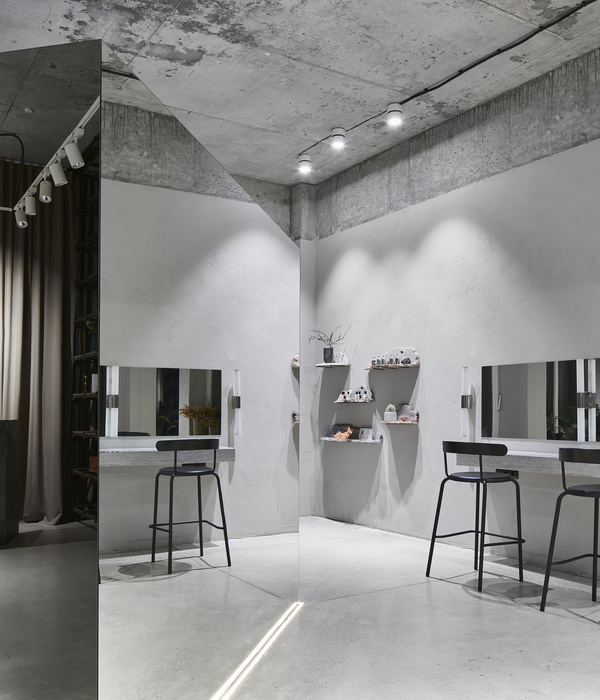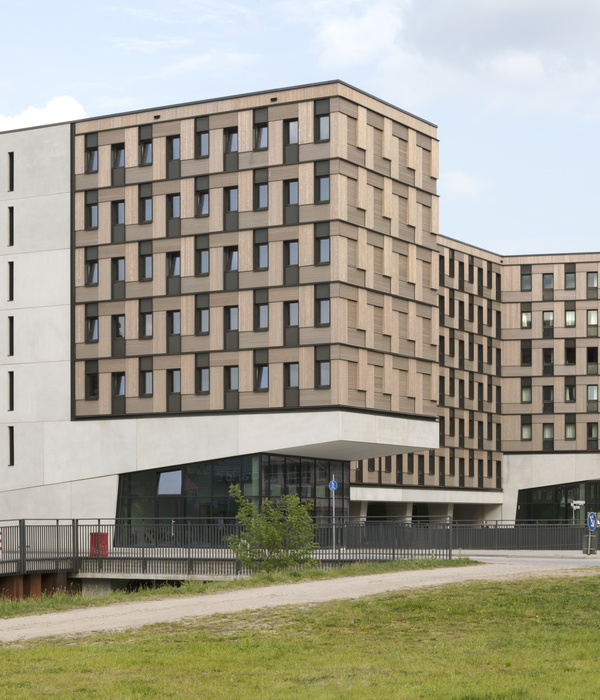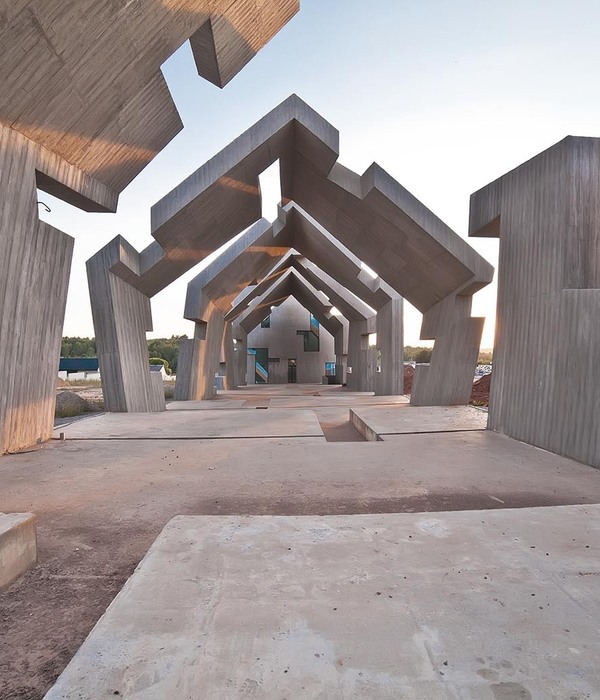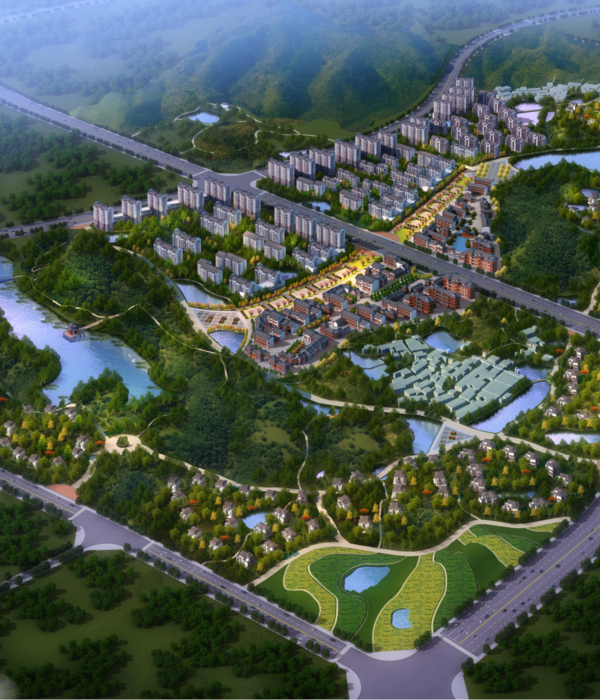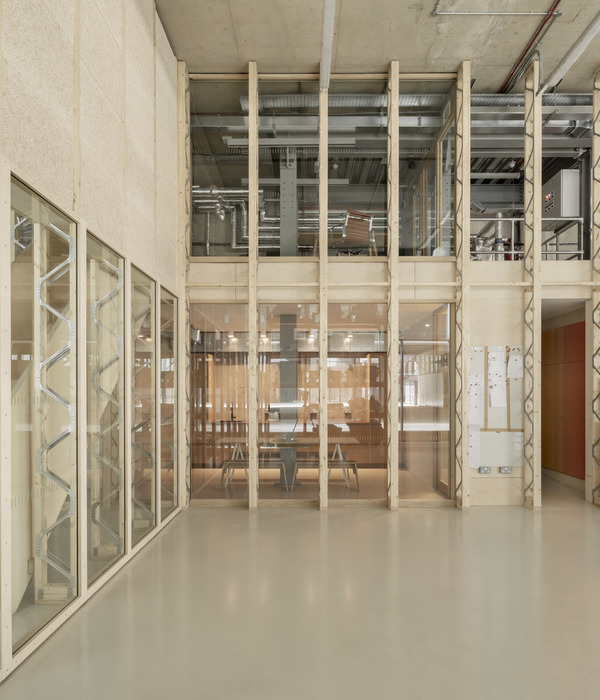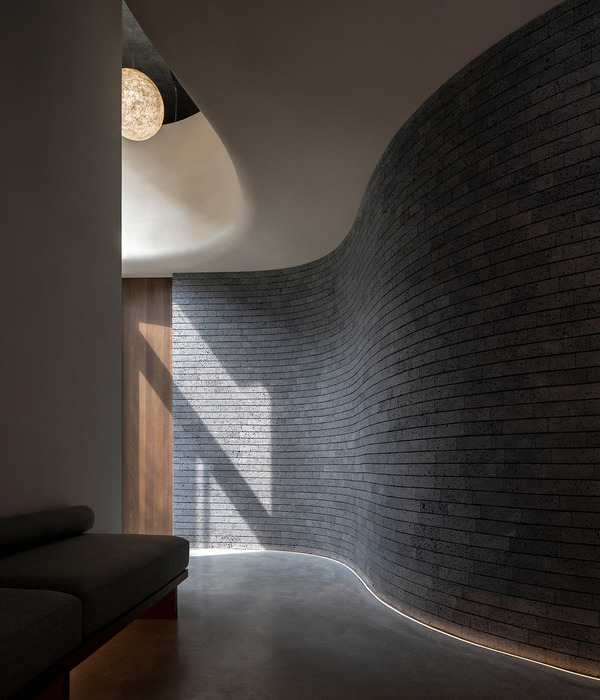Built on the foundation of a historic monument, this church resurrects the original church which is the first church of the Christians in Kerala, built in 1615 AD and was left in shambles after years of neglect and encroachment. Designed using stabilized earth blocks to form Nubian arches, the alter and the aisles of the church are supported by flying buttresses that were built without shuttering. Being a religious building for a small community, the church would have demanded substantial negotiation from the architect and a trusting client to realize this dream. . The exploratory spirit combined with pressing demands is from where the design is born; which is further evolved through a series of dialogues between the site, the masons, the architect and the clients.
The architecture of the church builds on the imagery of historic monuments but the transparent use of the material in its potential forms gives this building its fascinating edifice. The domes, vaults and arches envelop a sublime central space with light filtering through the cross (an inspiration from Tadao Ando) framing the sanctuary. The masons were trained to create these structures using a chain-study method first formulated by Antoni Gaudi in forms that were mastered by Hassan Fathy. Nonetheless, with all its influences the church borrows, the result is an original work of contemporary architecture that exploits the unique opportunity to build for a challenging programme. By re-interpreting a historic construction technique and responding to the footprint of the structure on the site, the attempt is to create a building made with earth that inspires awe and a sense Of wonderment with its rich spatial quality.
With increasing demand over resources, it is the responsibility of architects to use materials with very less embodied energy. Mud as a material can be expressed in its true form through various methods like earth blocks, rammed earth, wattle and daub and many more. The exploratory spirit combined with pressing demands is where our designs are born; which are evolved through a series of dialogues between the masons, architects, clients and an immediate understanding of the site and the surrounding.
CONSTRUCTION TECHNIQUES:
1. CSEB:
- CSEB consume 4 times less energy than country fired bricks:
( CSEB produced on site with 5 % cement = 1,112.36 MJ/m3 ,whereas that of Country fired bricks = 4,501.25 MJ/m3)
- CSEB pollutes 4 times less than country fired bricks:
( CSEB produced on site with 5 % cement = 110.11 Kg of CO2 /m3, whereas that of Country fired bricks = 444.12 Kg of CO2 /m3 )
2. NUBIAN TECHNIQUE:
3. CATENARY METHOD FOR STABILIZATION :
Chain study method helps to stabilize the right shape of the arch before the execution begins. Antonio Gaudi, the Spanish architect of the early 20th century, developed and used extensively this method which aims to define the shape assumed by a freely suspended chain.The catenary method gives the exact and ideal curve of the line of thrust, which represents the line of compressive stress in the arch.
▼项目更多图片
{{item.text_origin}}





